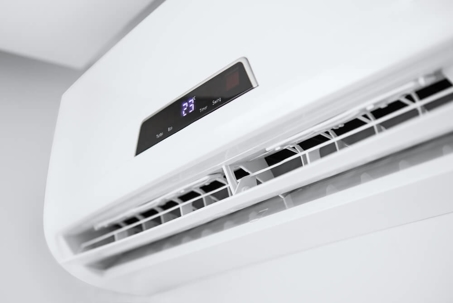In 1992, the Energy Star Program was developed by the Environmental Protection Agency (EPA) and the Department of Energy (DOE). The purpose of the logo was to identify appliances that met or exceeded their aim at reducing energy usage and reducing the output of greenhouse gases. The program compares products to international energy efficiency standards.
Energy Star Label Guidelines
The appliance or product must meet strict guidelines in order to earn the Energy Star Label.
- The appliance must belong to a category where significant energy savings could be attained nationwide.
- The energy efficiency should be very obvious to the consumer.
- If making the product more efficient causes its cost to exceed that of less efficient models, the cost must be recovered in the energy savings.
- The stated energy savings can be measured and verified.
- The Energy Star Logo must be clearly displayed to differentiate the product from its competitors.
By 2010, more than 200 million Energy Star products had been purchased in America. This has led to a reduction of 170 million metric tons of greenhouse gas emissions. After purchasing and using these Energy Star appliances, consumers saved more than $18 billion on their utility bills.
The Energy Star Program continually updates as standards change. These standards are altered when the Federal minimum efficiency standards change and when technological advances improve energy efficiency for the product category. They will also change to reflect the consumer's realized energy savings and product availability.
Today, the Energy Star Program is used for over 60 Product categories including the popular household appliances, refrigerators, dishwashers, microwaves, washing machines, and dryers. These devices are used universally by millions. Devices carrying the Energy Star Logo save as much as 10-20% on energy usage compared to their non-labeled competitors.
For more questions or energy tips, call Rescue Air and Plumbing at (972) 201-3253!

